Photos: The Aftermath of Hurricane Helene – the Atlantic
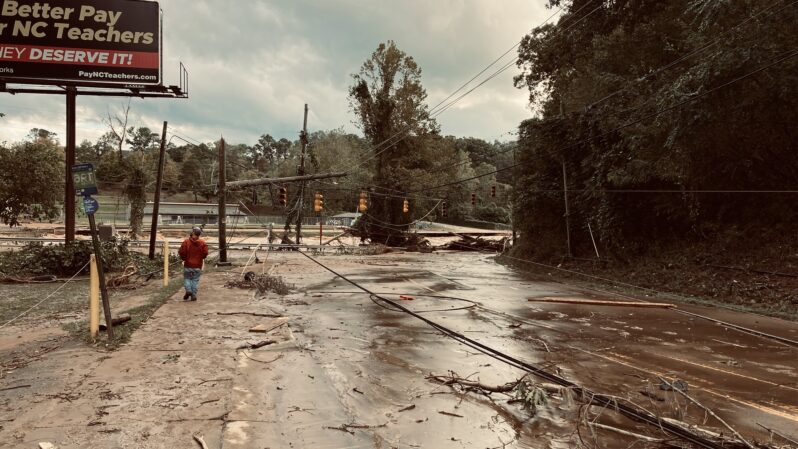
Late Thursday night, Hurricane Helene made landfall in Florida as a Category 4 hurricane, with winds gusting up to 140 mph…Millions remain without power as first responders work to reach those in need and search for survivors…
Hurricane Helene’s ‘historic flooding’ made worse by global heating, Fema says – the Guardian
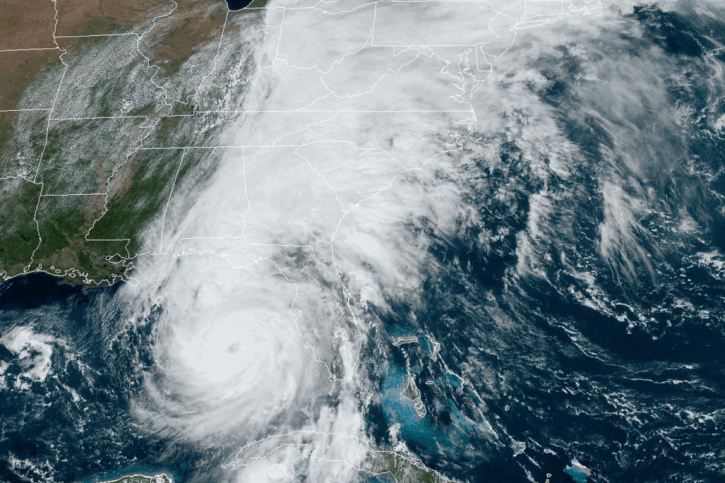
It will be ‘complicated recovery’ in five states, says disaster relief agency, with hurricane killing at least 91 people so far…
Helene Has Killed More Than 110 People, Here Are Some of Their Stories – the New York Times
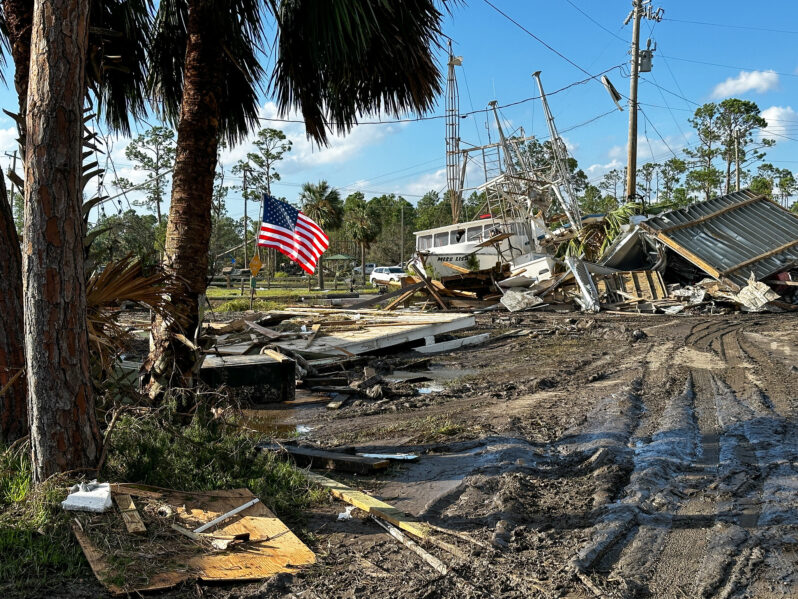
After the Category 4 hurricane made landfall on Florida’s Gulf Coast and pummeled the Southeast, some victims’ portraits were coming into focus…
One block on the Outer Banks has had three houses collapse since Friday – the Washington Post
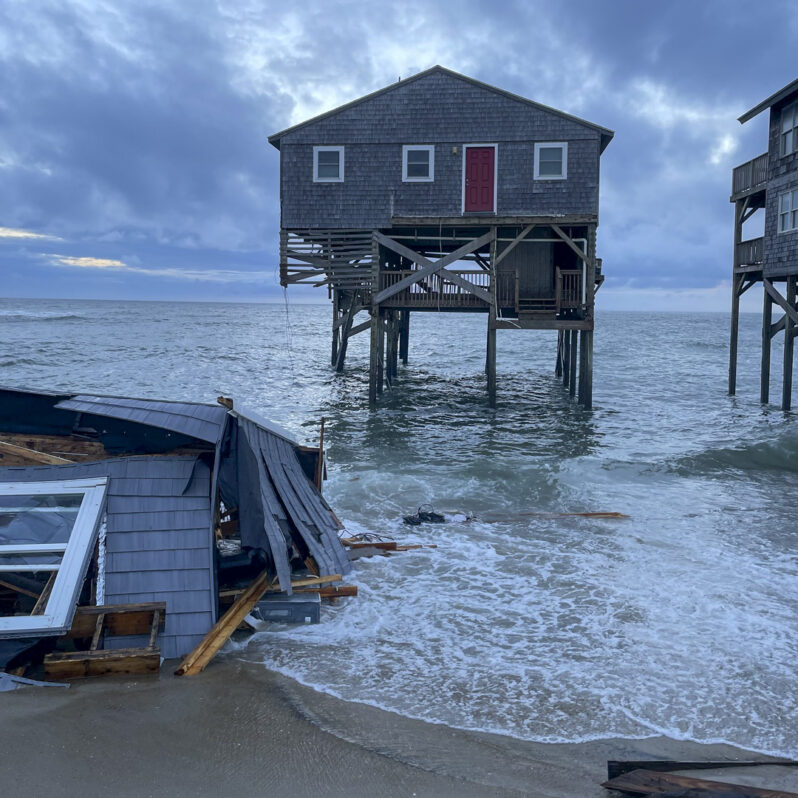
In Rodanthe, N.C., 10 houses have fallen into the ocean since 2020 in an erosion-plagued stretch of the Outer Banks…
Beach Nourishment: A Critical Look – Gary Griggs | Journal of Coastal Research
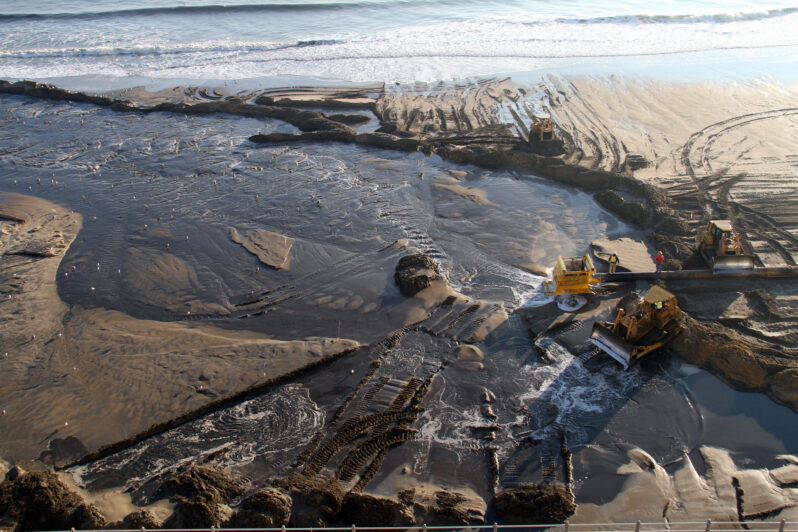
More than $15 billion, mostly federal dollars, have been spent moving sand to the shoreline for both recreational and shoreline protection benefits. Still, whether in New Jersey, New York, North Carolina, Florida, or California, the life span of the sand added artificially to these beaches in many cases has been relatively short and in some instances has been less than a year…
Sand Dollars – CBS News Investigations
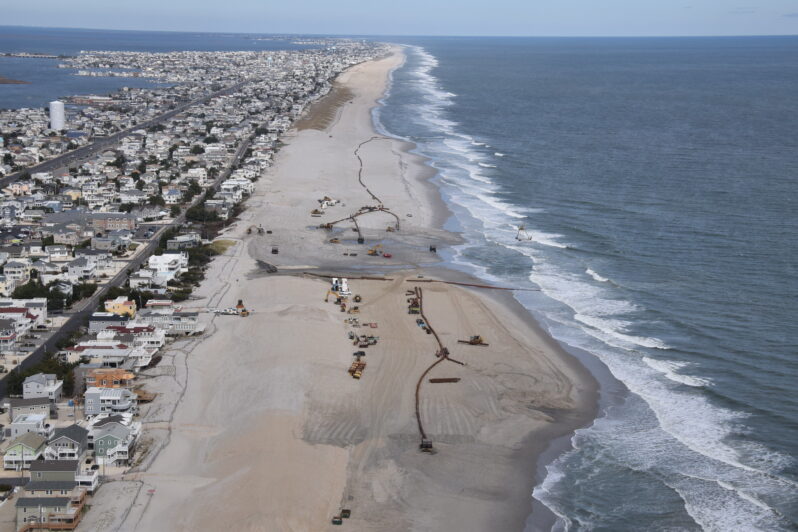
Federal agencies spend millions every year replacing sand on beaches. Some experts say it’s a waste of tax money….
A Hidden Threat – the Washington Times
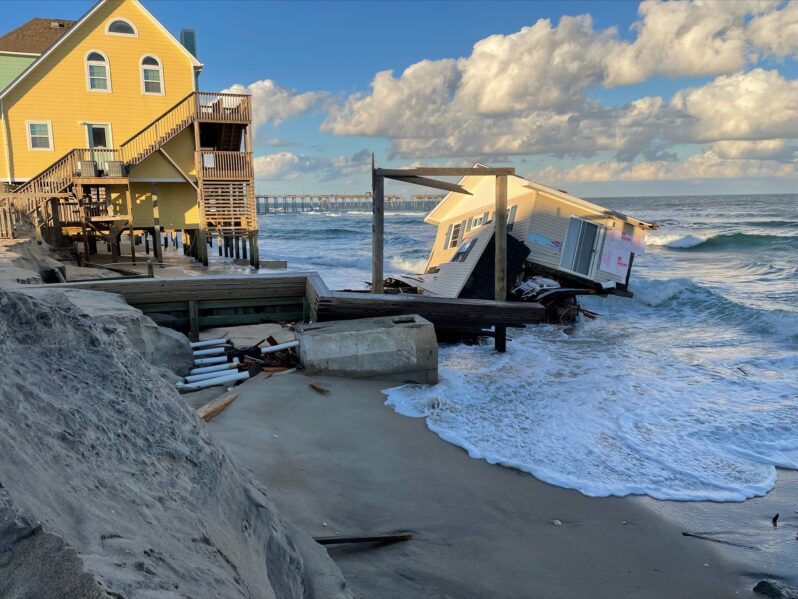
Fast-rising seas could swamp septic systems in parts of the South…
Why Oak Island is looking 18 miles off its coast for sand to nourish its eroded beach – Wilmington StarNews Online
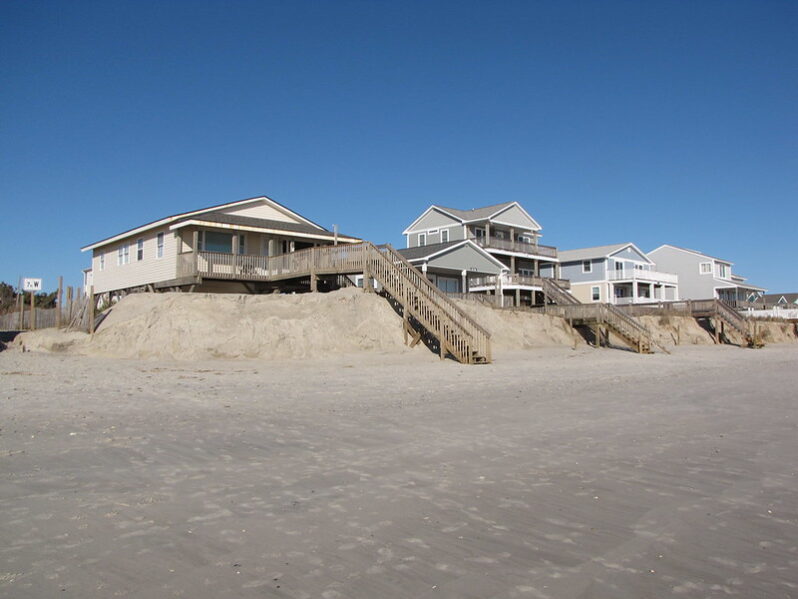
Faced with an eroding beach, Oak Island wants to pump fresh sand onto its oceanfront. But finding a viable sand source might mean going a long way offshore…
Study says buyout of threatened Outer Banks homes would be cheaper than beach nourishment – Star News Online
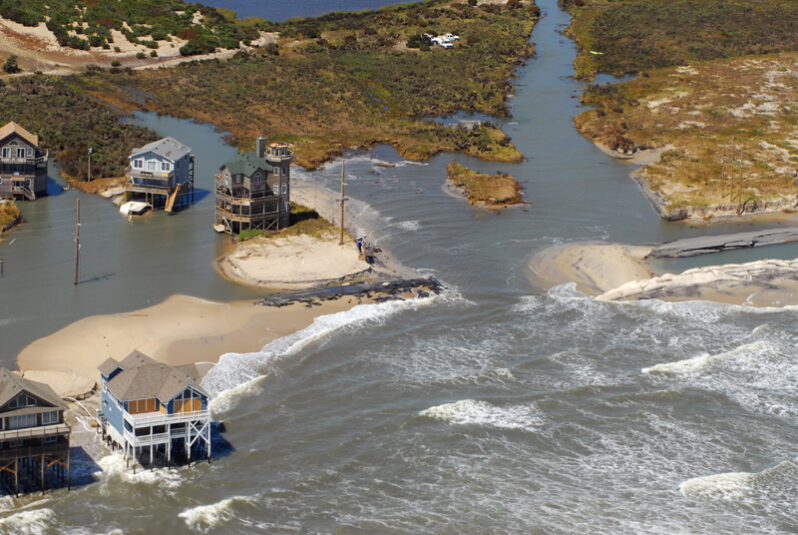
Along coastal North Carolina, engineering answers to threats from Mother Nature is a time-honored tradition to dealing with eroding beaches and threats from wandering inlets. But pumping sand isn’t cheap….Faced with a future of rising seas and stronger storms intensified by climate change, state and local officials are scrambling to keep up.(And) one option occupies a relatively rare seat at the table for discussion by local officials and residents: moving oceanfront structures out of harms way…
